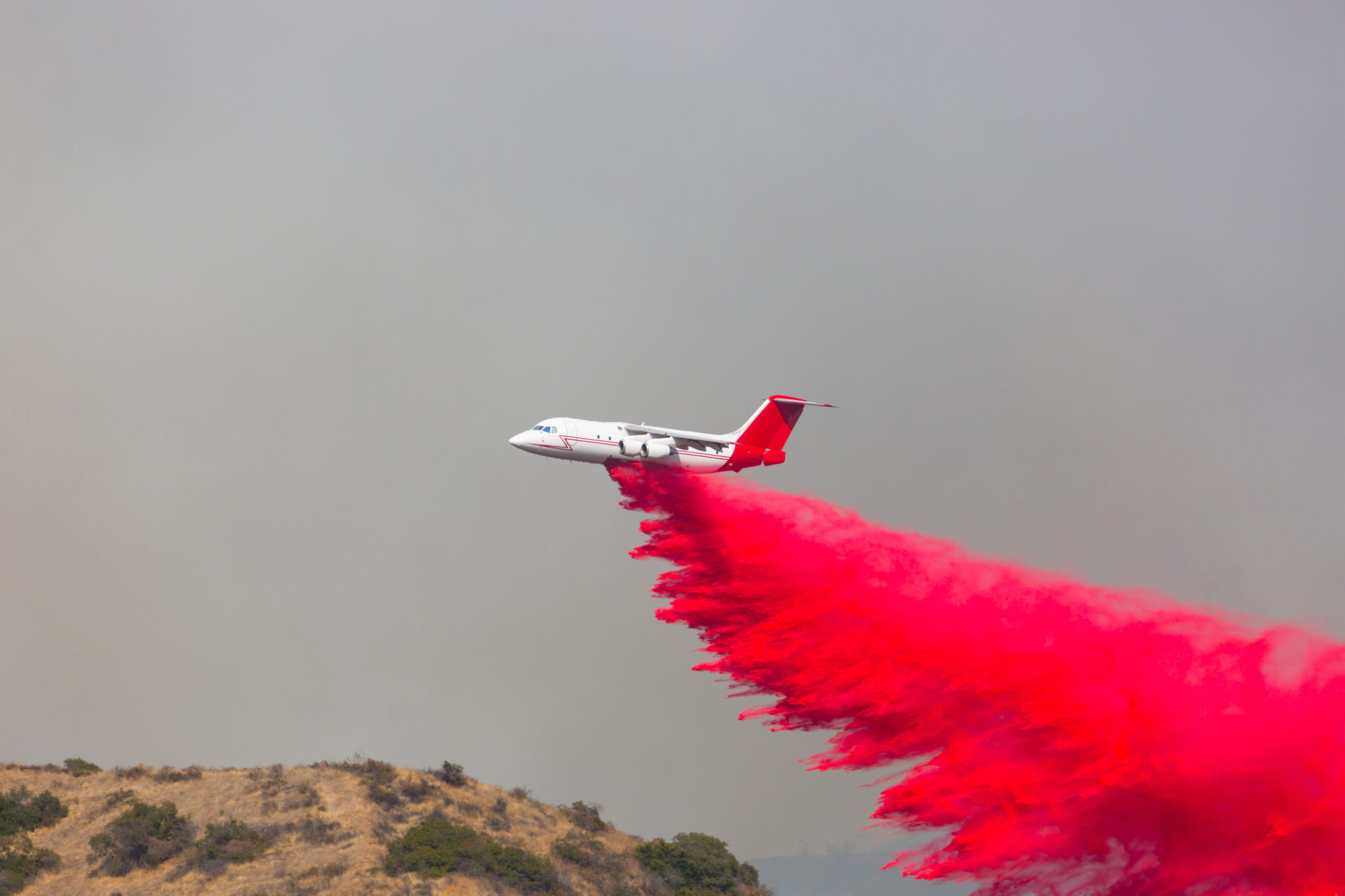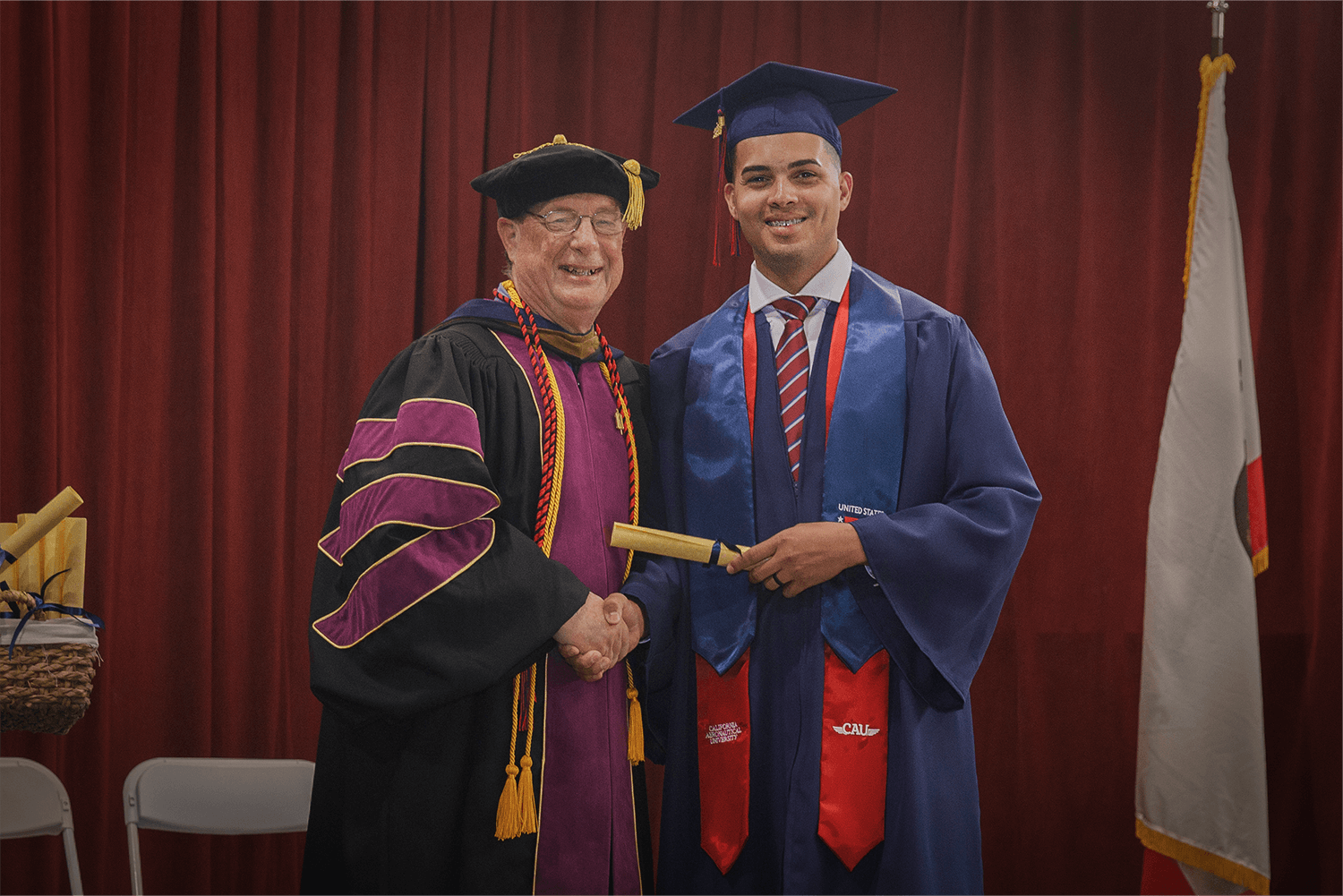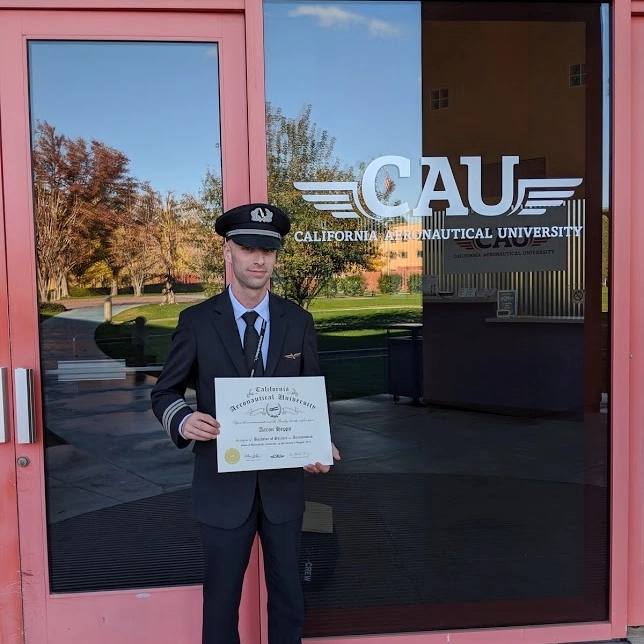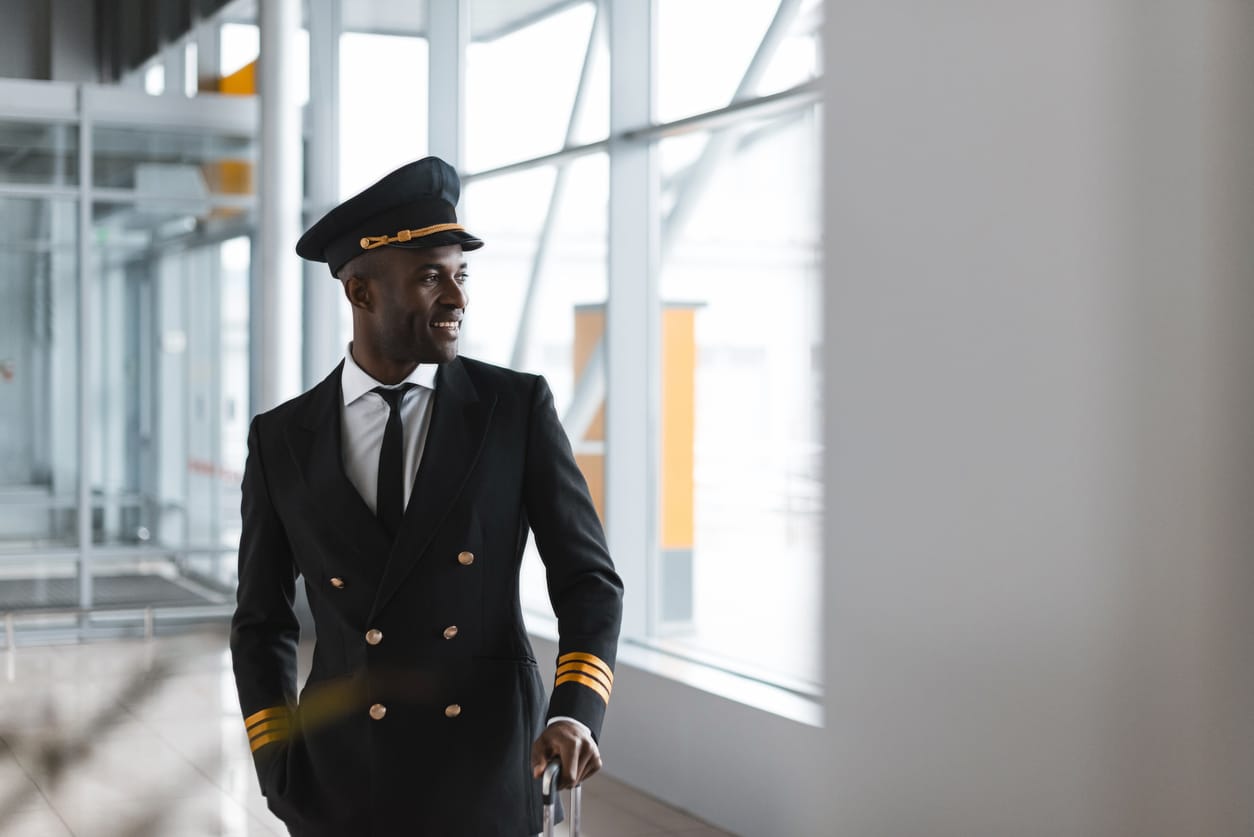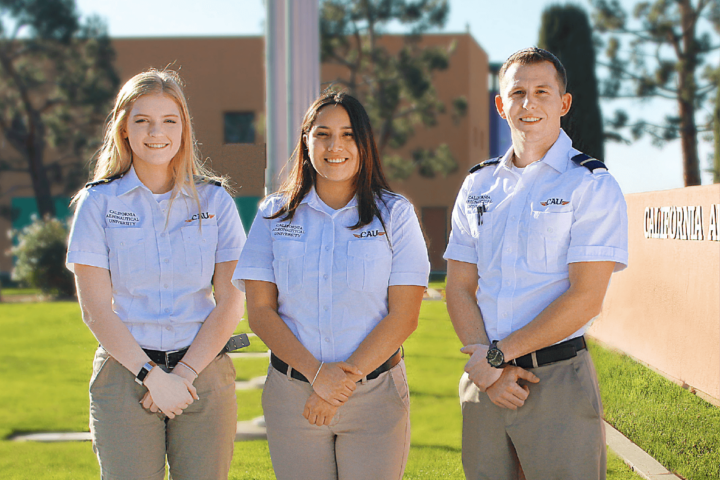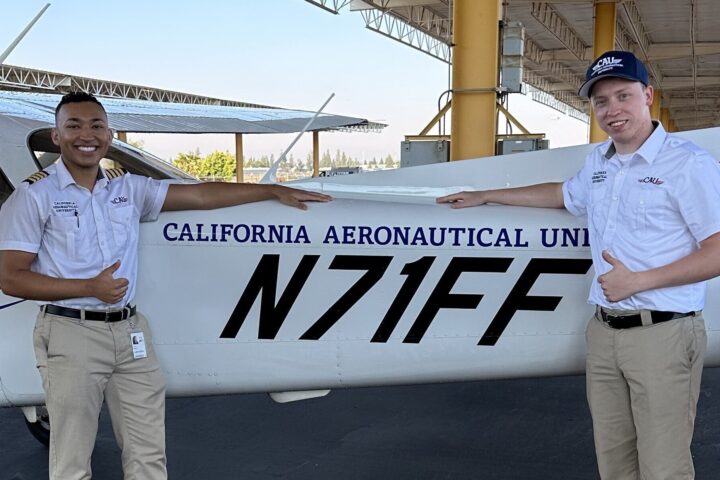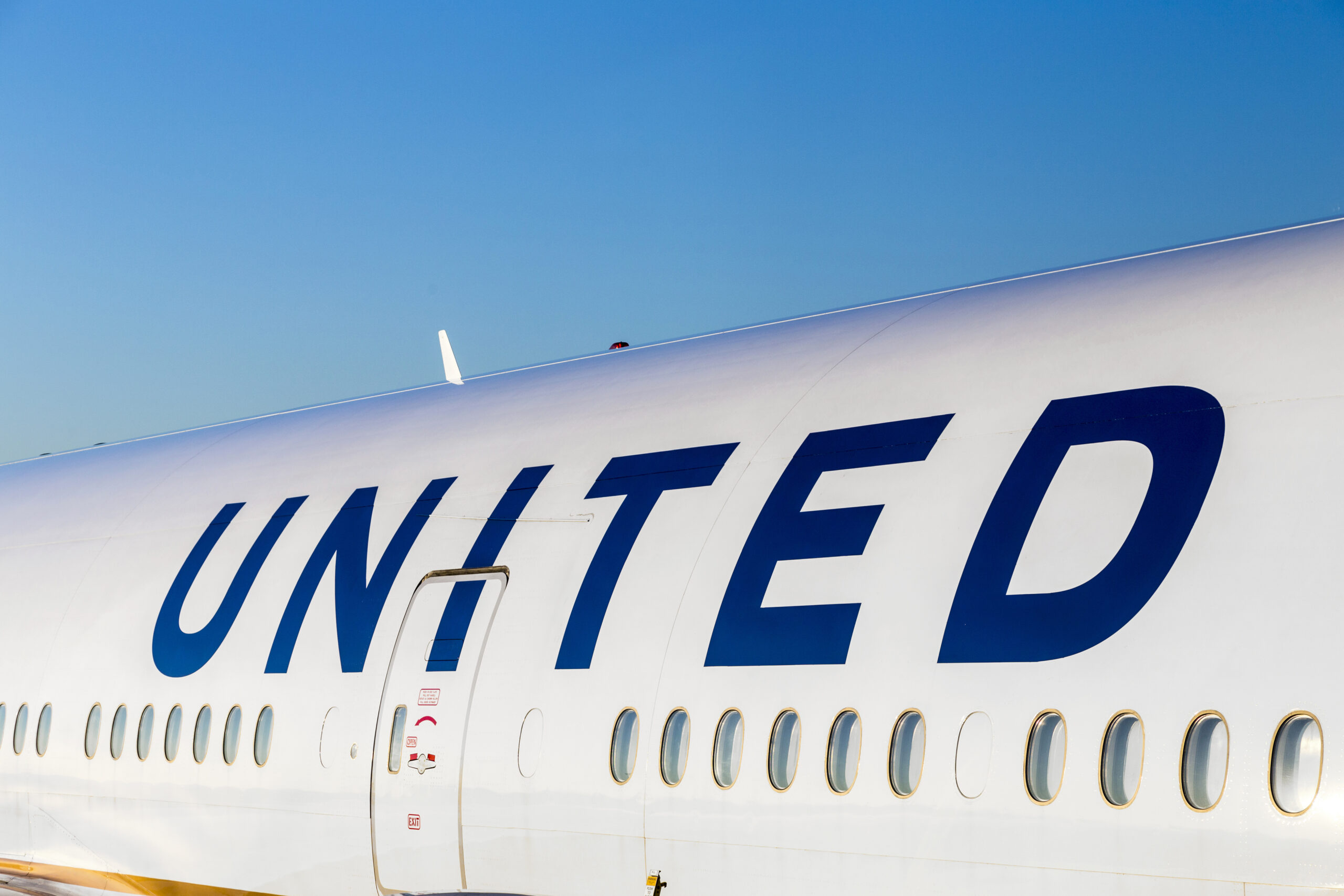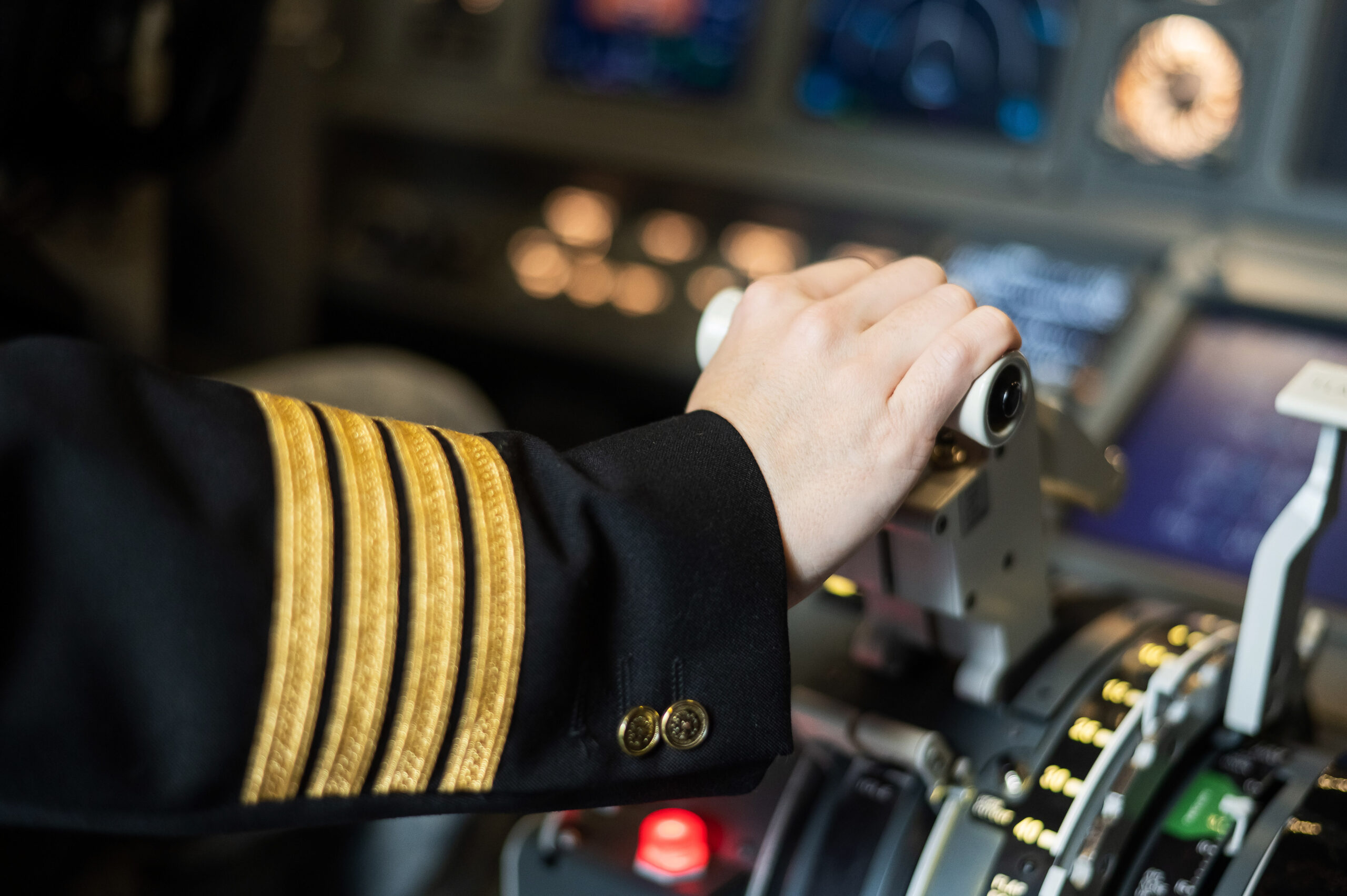Today, there are many types of pilot careers available upon graduation. Here are two alternative routes to consider: aerial firefighters and air medics.
The aviation industry has undergone massive changes, not just due to the COVID-19 pandemic, but because of the digital revolution which began in the late 1990s and continues today in the form of on-board GPS systems, social media awareness, and advanced avionics. However, these aren’t the only ways the Internet and wide WiFi availability have caused a massive shift in how pilots are hired and trained. The spread of information technology and the diversification of the aviation industry means that pilots now have many different paths to a career in the cockpit.
Formerly, most pilots achieved training through the military, then were hired directly by one of the several major airlines. Some pilots might have become banner towers, Certified Flight Instructors (CFI)s, flown for the government, or provided services as private pilots, but these positions were not as easy to research and apply for as they are today. In 2021, a modern economy means that jobs with fractional charters, law enforcement, and emergency medical services, and much more are more visible via the internet. Today’s pilot has many different career paths to choose from at their fingertips. Here are some pilot careers outside of the airline track you may not have considered.
1) Aerial Firefighters
When the general public thinks of firefighters, the image of an airplane rarely comes to mind. However, aerial firefighters are an essential part of dousing wildfires. These pilots save lives, protect wildlife, and help to defend the environment from the massive damage a devastating wildfire can leave behind. Because of the technical expertise, maturity, and specific tactics required in the field of aerial firefighting, this is not an entry level or low time job. However, it is always challenging and incredibly rewarding.
Aerial firefighting is difficult and requires precision flying. Many aerial firefighters come from a military or agricultural background. The job calls for pilots who have specific experience, including time in a seaplane, certification in wildland firefighting and flying in mountainous terrain. Before applying for a job as an aerial firefighter, pilots should have accumulated at least 1500 hours total time as pilot in command (PIC), although those who are selected for these positions have usually flown for much more than that. They should have significant experience in low-level flight which includes work with dispensing agricultural or fire retardant materials.
Aerial firefighters are drawn from those most familiar with single-seat aircraft. They know how to fly at low altitudes and have worked with a variety of terrain. They must consider safety paramount and understand how to work with a team, fly without a great deal of automation, and demonstrate preparedness for rapidly fluctuating weather conditions. Stamina is a must, as well as the ability to work with unfamiliar air routes or ground references.
2) Air Medical Pilot
The most popular concept of an air medical or air ambulance is a medivac helicopter. However, fixed wing air ambulance pilots provide vital services as well. It should come as no surprise that the roots of this profession are in the armed forces, evacuating and transporting injured troops. In fact, even before airplanes were invented, injured soldiers were moved with hot air balloons.
These pilots and crew members must understand the ways altitudes affect not only a healthy body, but an injured or ailing one. Discussing this with the patient’s medical care team is a major part of working with those who have critical illnesses or serious injuries. The military is often a strong path to pilot careers as an air medical pilot, but civilians can also build a resume which is appropriate for the position.
Fixed wing air ambulance pilots should have a strong ability to multitask and pay attention to the unique needs of patients. Technical piloting skills are not enough. They should be able handle heightened stress and work exceptionally well as a part of a team. Odd hours, particularly during the night, are common and those who are on-call might find themselves jolted from a deep sleep with the expectation that they will be mentally and physically prepared to fly.
How to Choose Your Path
Some of these pilot careers require specific training and experience, and they might start in a pilot’s earliest flight experiences. However, pilots choosing a path away from the airlines are in a terrific position to learn what might be a viable one.
It is best to take some time and consider what attracted you to flying in the first place, and to find ways to remain connected with it. For example, if you are awed by large and powerful engines, working on a large cargo transport might be for you. If you have strong presentation skills, enjoy working with aspects of customer service, and never get tired of the same flight path, consider a tour guide or trainer position within the industry.
Family considerations should come into play. Are you willing to move for your dream job? Is this a realistic option for you? Those who are single and can withstand long periods away from home might be well suited to the likes of aerial firefighting or international work. If you would prefer to stay closer to home with small children, charter or corporate flying based at an airport near you is probably a wise choice.
As with any career direction, reach out to those already working in the position in which you are interested. There is an online community for every possible niche, and asking for specific pros and cons of a piloting job can help you make a decision.
Ready to soar in your aviation career?

Tamu Smith-Kohls serves as the Vice President of Enrollment Management and Marketing for California Aeronautical University. She has worked in the aviation industry in various roles for 24 years. As a United States Air Force retired veteran, she has a unique appreciation for the aviation industry. Tamu has served in Information Systems as a Network Administrator, Aerospace Flight Medicine as a Health Services Manager, and Air Force Recruitment and Marketing. She holds an undergraduate degree in Psychology; a Master’s in Business Administration and is a Certified Neuro Linguistic Practitioner. Her passion is motivating, training, coaching and serving others to reach their best potential.
